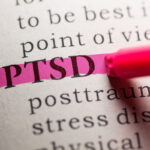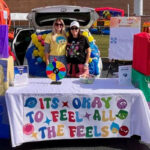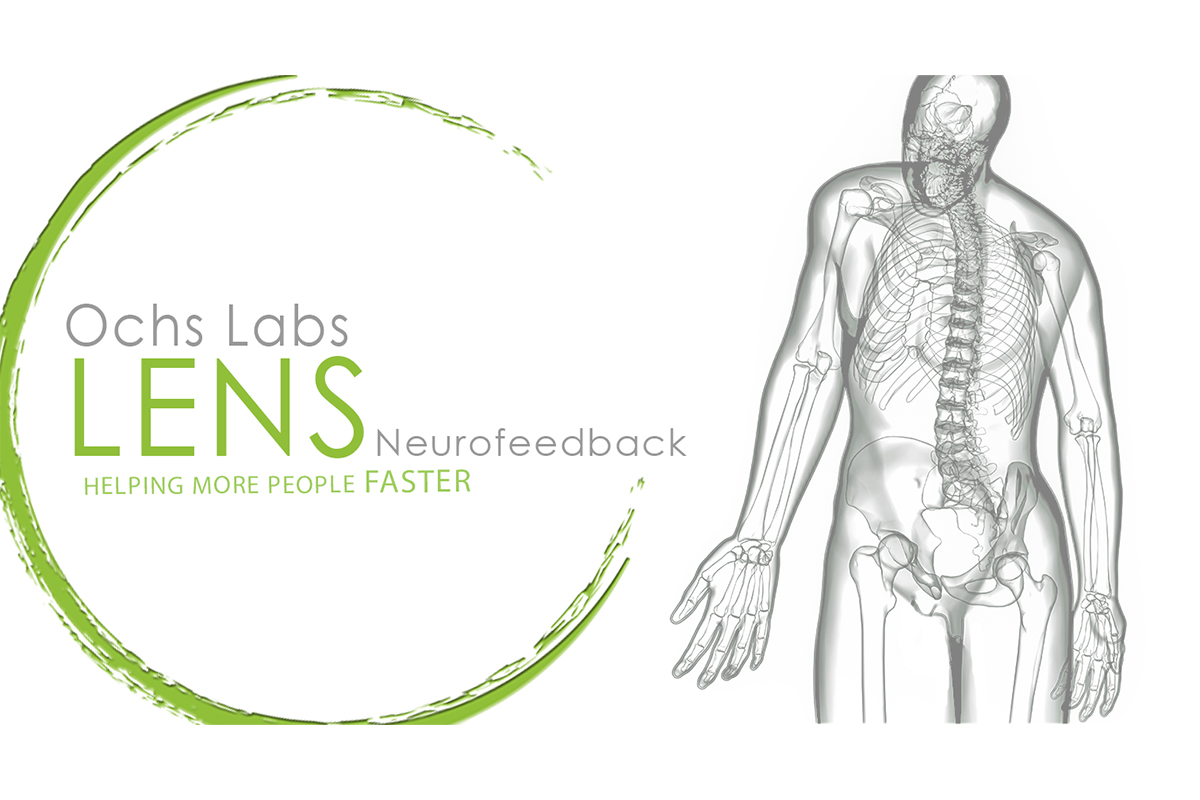By Ari Goldstein, Ph.D.
Educational Psychologist
Chicago Mind Solutions
Neurofeedback, sometimes called EEG biofeedback is designed to help patients change how their brains function to relieve a host of brain-related disorders such as ADHD, stress/anxiety, sleep disorders, migraines, traumatic brain injury, and more.
According to an article on the website of the U.S. National Library of Medicine, National Institutes of Health on this subject, there are seven different types of neurofeedback hardware developed to treat various disorders. Traditional neurofeedback, also called “frequency/power” or “Surface neurofeedback,” is the most commonly used. But more and more, LENS and other devices are used to provide neurofeedback therapy.1
At Chicago Mind Solutions we use two different devices.
The neurofeedback systems we use most frequently are the Low Electrical Neurofeedback System or LENS for short and an even newer system by Brainmaster called Brain Avatar. Both are excellent and highly effective but they operate in different ways. Depending on the patient and the condition being treated, one may be preferred to the other. This blog will cover the development and qualities of LENS as compared to traditional neurofeedback. Our next blog will describe Brain Avatar, the other system we use to treat our patients.
But first, here’s a brief overview of traditional Neurofeedback training.
The history of neurofeedback therapy goes back to research done in the 1950s based on the premise that the human brain is malleable and can be changed to act more efficiently if properly prepared or trained. This concept was founded on the discovery of the plasticity of brain tissue and that the brain communicates internally with electrical impulses called brain waves.2 These brain waves occur at different frequencies and the breakdown of them is as follows:
- Gamma – are very fast (30 Hz) and are associated with intensely focused attention
- Beta – are relatively fast (13-30 Hz) and produce a state of productive awareness
- Alpha – are slower (8 -12Hz) and associated with being in a relaxed state but still fully aware
- Theta – are slower still (4-8 Hz) and produce a state of mind that is spacy and inefficient
- Delta – are very slow (.5 – 3.5 Hz) and are associated with restful sleep3
In the 1960s, brain mapping was developed to show the pattern of these waves within the brain.
Today a brain map also called a QEEG or quantitative EEG, is the basis for all neurofeedback therapy, whatever device is used. If a part of the brain shows electrical activity outside normal limits, the neurofeedback provider can develop a treatment plan to bring the brain waves more in line with a normal rate of activity. Using this technique, neurofeedback is used to treat a range of brain-related maladies including ADHD, anxiety, and insomnia.3
During the session, one or more electrodes are placed on the scalp and one or two more are placed on the earlobes. The neurofeedback device then provides instantaneous feedback in real time in the form of auditory or/and visual depictions of the brain’s activities. No electrical current is put into the brain. Rather, the electrodes are there to register brain wave activity so it can be recorded by the provider and viewed by the patient on a computer screen.4
Neurofeedback enables patients to improve brain function.
We are not normally aware of brain wave activity so we can’t consciously change these patterns. But when patients view the result of brainwave activity through neurofeedback, they can learn how to produce brainwave patterns that are more productive by doing certain exercises on a regular basis.
These exercises may be in the form of games that the patient plays or videos that will only run if the brain is functioning at a certain level. Even though patients aren’t consciously trying to change their brain waves, they’re able to do so because their subconscious takes over, enabling them to enjoy a sense of satisfaction from achieving the goals created within the program. Once brain waves are produced at these optimum levels during training sessions, a pattern is established that the brain is able to maintain between sessions and even after the training has stopped altogether.
Therapy sessions are approximately 30 minutes long but can take up to 45 minutes. Patients are usually seen between one to five times a week, with the average course of treatment taking between 10 and 20 weeks. However, depending on the patient and the condition being treated, up to 40 sessions may be needed before maximum results are achieved.
LENS treats the whole brain instead of specific areas of it.
Developed in 1992 by Len Ochs, PhD, a pioneer in the field of neurofeedback therapy, LENS is a totally innovative form of neurofeedback therapy. It uses weak electromagnetic fields to stimulate overall brain-wave activity and restore brain flexibility and responsiveness. Instead of training parts of the brain to produce desired brainwave patterns, LENS improves overall performance by slightly altering the brain waves before sending them back to the patient’s brain.5
The rationale behind this technique is a recognition that we are hypersensitive to our own dominant brain waves. Ochs discovered that when he fed back these brain waves at a slight offset, the waves lose amplitude and broke up dysfunctional patterns. The brain then responded to this disruption by healing on its own. This technique is often compared to rebooting a computer or defragmenting your hard drive to improve system performance.5
Even patients who have trouble focusing can benefit from LENS.
This methodology can be used to treat a wide range of aliments in all types of patients including young children and patients who, for various reasons, may lack the impulse control or energy to engage in traditional neurofeedback.
Treatment sessions with LENS begin by developing a comprehensive mapping of brain activity at 21 different points.6 The electrical amplitudes of each site are recorded and registered. Based on this map, the provider determines the order of sites that should be stimulated during treatment. Sites with lower amplitudes are considered to be better functioning than those with higher amplitudes. Lower amplitudes will be treated first but all of the sites will be stimulated during the session. Treating the sites in this order allows the better functioning sites to be recruited to assist in helping the other areas during the course of treatment.
During therapy, patients can just close their eyes and let LENS take over.
Tiny electromagnet signals function as the carrier wave to assist the brain in rebooting its activity.6 Frequencies are based on the patient’s dominant brainwave but are offset several cycles per second faster. These signals are delivered through a treatment cap in a certain order to each of the brain’s 21 sites for no more than one second per site and for up to seven times per session. Completely safe, these signals are much weaker than anything the brain receives during the course of a normal cell phone call. And as treatment progresses, the amplitude of the EEG decreases across the spectrum at each of the 21 sites.
Patients may need as few as 6 sessions or as many as 40 to complete treatment with the average course of treatment taking between 10 and 20 sessions. Sessions should be scheduled two or three times per week with each session running between 45 minutes to one hour. As treatment progresses, these sessions can be reduced.7
The ultimate goal of LENS is to encourage more flexibility in neural functioning. It is considered an important alternative to chemical therapies for chronic behavioral problems such as anxiety, ADHD, monopolar and bi-polar depression as well as treating those who have suffered severe physical trauma to the head and brain. The results LENS produces in the patients can be quite profound. Furthermore, they are long lasting and sometimes permanent, requiring no other treatment once the initial therapy sessions are completed.
We hope you found this material helpful. If you have any questions, feel free to contact us at 847-656-5080, and please remember to check back for our next blog on Brain Avatar, how it works and the benefits it offers. It will be posted shortly.
About Chicago Mind Solutions
Based in Northbrook, Illinois, the licensed specialists at Chicago Mind Solutions work with children and adults to overcome symptoms and concerns related to dysfunctions in the brain with the help of neurofeedback therapy. A non-evasive approach to improving neuroplasticity, Chicago Mind Solutions is one of a select number of neurofeedback providers in the US offering its patients’ access to Brain Avatar by Brainmaster Technology. This advanced technology gives patients the opportunity to view in real-time the entire process of enhancing the brain’s neuroplasticity as a three-dimensional image. For more information about Chicago Mind Solutions, visit ChicagoMindSolutions.com
1Hengameh Marzbani, Hamid Reza Marateb, and Marjan Mansourian Neurofeedback: A Comprehensive Review on System Design, Methodology and Clinical Applications, www.ncbi.nlm.nih.gov. April 2016
2Rabin, David PhD and Hamlin, Edward PhD, “Meta-Analysis: Can Neurofeedback Effectively Treat ADHD?,” Additude Magazine, https://www.additudemag.com/neurofeedback-therapy-treat-adhd/
3Main Menu. “Neurofeedback Side Effects, Adverse Reactions, & Dangers.” Mental Health Daily.com, July 5, 2015, https://mentalhealthdaily.com/2015/07/05/neurofeedback-side-effects-adverse-reactions-dangers/
4Hammond, D. Corydon, “What is Neurofeedback: An update, Journal of Neurotherapy,” August 15, 2011 http://www.isnr-jnt.org/article/view/16553
5“LENS,” Technology for Neurofeedback, 2016, http://www.braintreatmentcentreofalberta.com/technology-for-neurofeedback.html
6 “LENS Neurotherapy – Low Energy Neurofeedback System,” Listen and Learn Center,
https://www.listenandlearn.com.au/the-lens-neurotherapy-low-energy-neurofeedback-system/
7 LENS Neurofeedback, FAQ, 2018, https://lenseurope.com/en/faq-en






